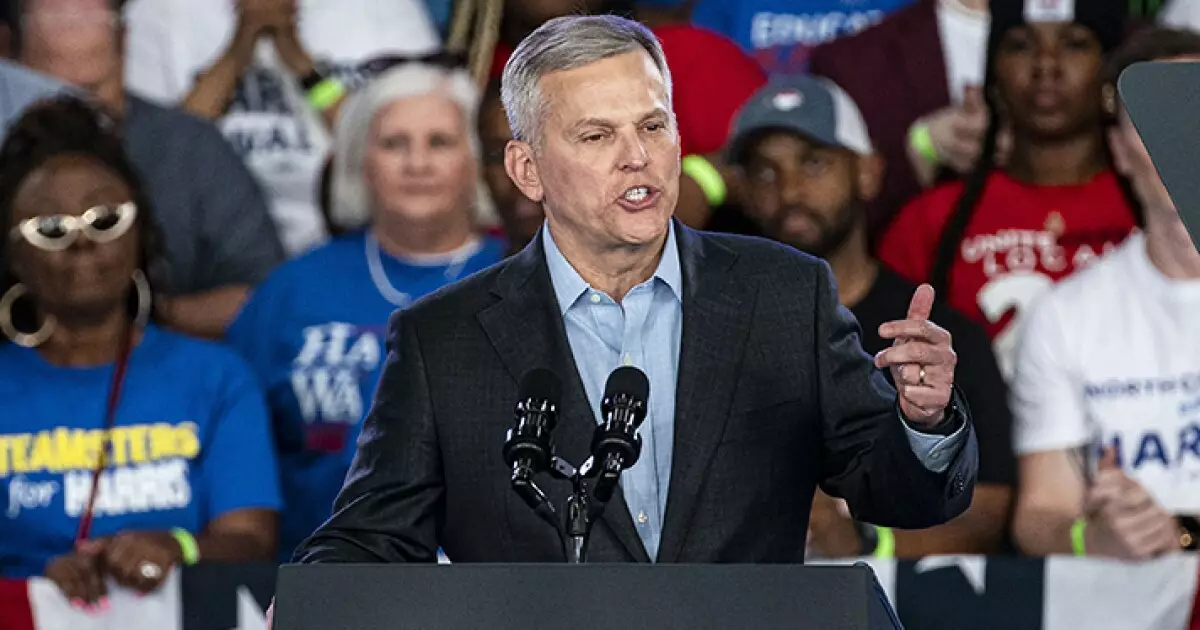In his latest address, North Carolina Governor Josh Stein has taken a commendable leap forward by proposing a $4 billion bond for school construction. This initiative comes at a critical juncture for the state’s education system, which has been plagued by overcrowded classrooms, outdated facilities, and a laundry list of infrastructural issues that compromise the quality of education our children receive. By seeking voter approval for the bonds, Stein is not just prioritizing education but advocating for the future of North Carolina’s youth—a move that should be met with overwhelming support from both the electorate and policymakers alike.
The Strain on Educational Institutions
To state the obvious, many of North Carolina’s educational facilities are in a state of disrepair. Governor Stein’s description of schools using trailers for classrooms, or suffering from old, leaking roofs and inadequate heating systems, strikes to the heart of a troubling issue. According to the most recent facility needs survey, $12.8 billion worth of improvements is necessary. The fact that our schools are not only outdated but also unsafe for children is nothing short of an educational scandal that must be resolved with urgency.
It’s worth noting that the average school building in the U.S. is over forty years old, a stark testament to the neglect that pervades our educational infrastructure. Javaid Siddiqi, president and CEO of The Hunt Institute, rightly underscores the necessity of Stein’s proposal—not just as an isolated solution but as a step toward correcting decades of oversight in education funding and facility maintenance.
Rating the Commitment to Change
The optimism surrounding this bond proposal is understandably buoyed by North Carolina’s strong triple-A bond ratings from major agencies such as Moody’s, S&P Global Ratings, and Fitch Ratings. This rating signifies not only financial stability but also the potential for responsible investment in the state’s future. Yet, we must also recognize that the path to effective change is fraught with challenges. A bond issue that demands voter approval requires clear communication of its necessity and benefits to the public, ensuring that citizens understand how this investment can transform their communities.
Recovering Beyond the Classroom
Beyond his primary proposal for educational reform, Stein’s call for a Hurricane Helene recovery bill indicates a broader commitment to improving overall state infrastructure. By aligning the investment in education with recovery efforts, Stein is framing a comprehensive vision that pairs the rebuilding of our schools with the restoration of community resilience. This double-edged approach can foster an environment where quality education and robust community services coexist, supporting each other in a cycle of renewal and growth.
The success of Stein’s bond proposal will ultimately depend on a motivated electorate and a legislature willing to heed the call for transformative changes. We are at a critical crossroads where smart investments can yield high returns—not just academically, but socially and economically, benefiting generations to come. Investing in our schools is investing in our future, and North Carolina must rise to this occasion with fierce resolve.

